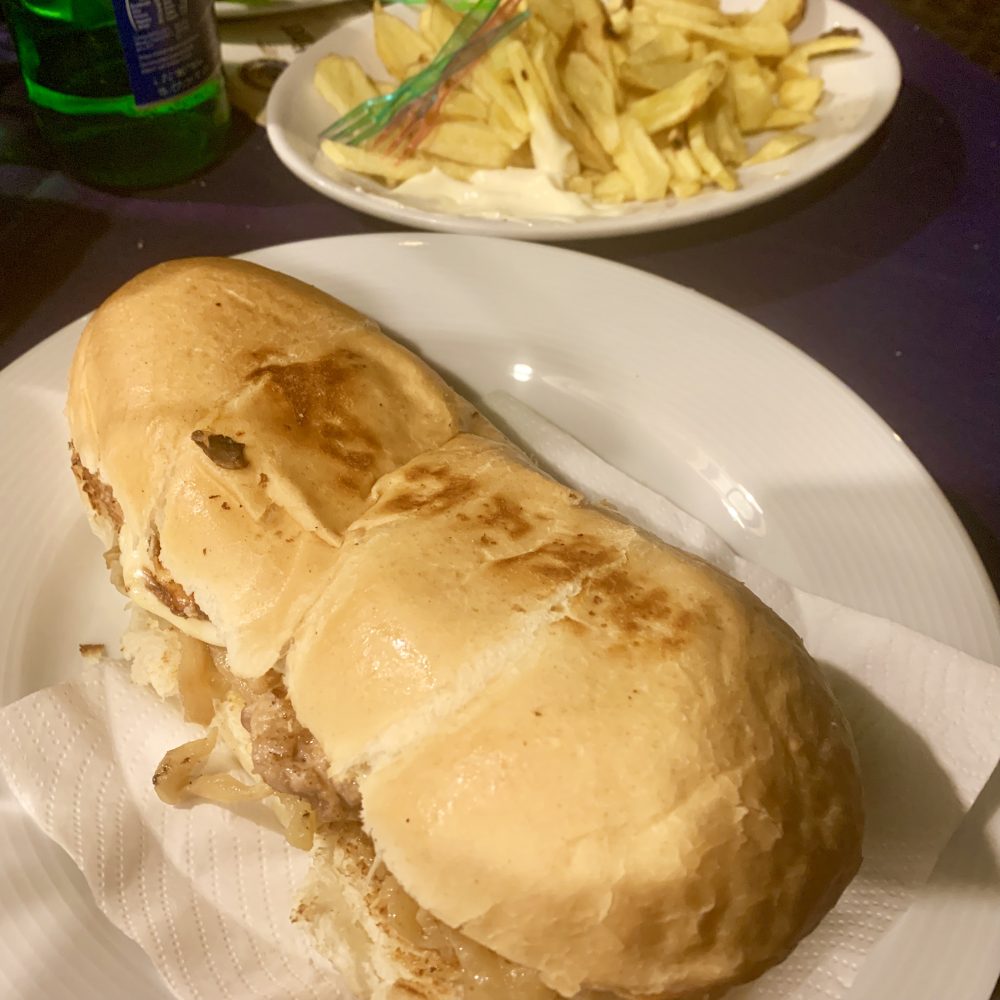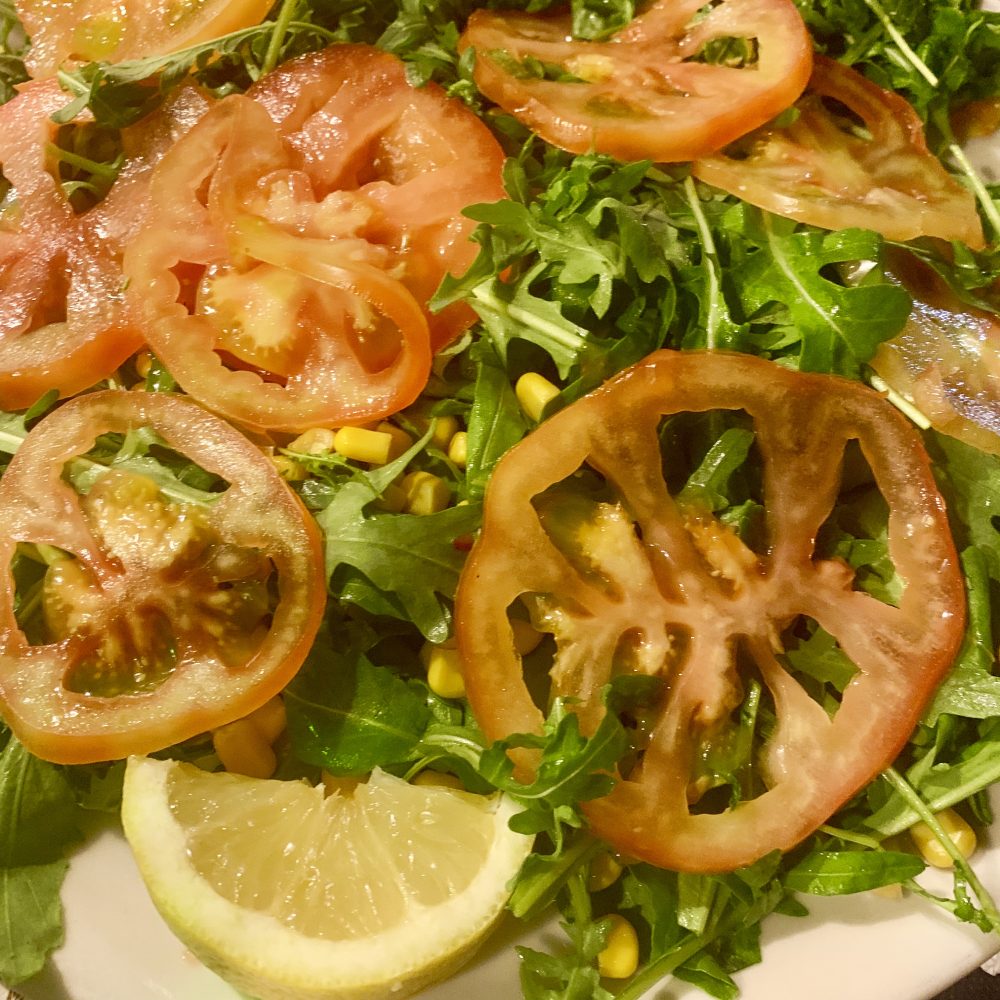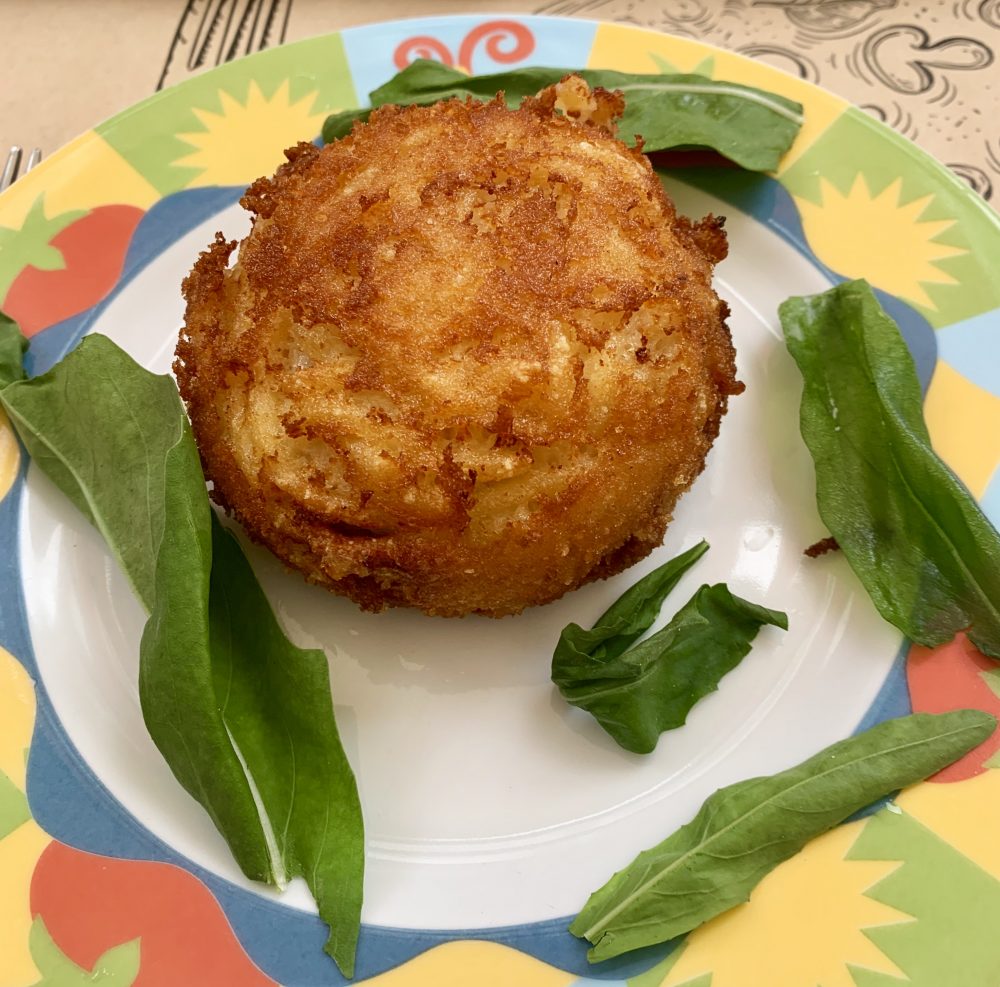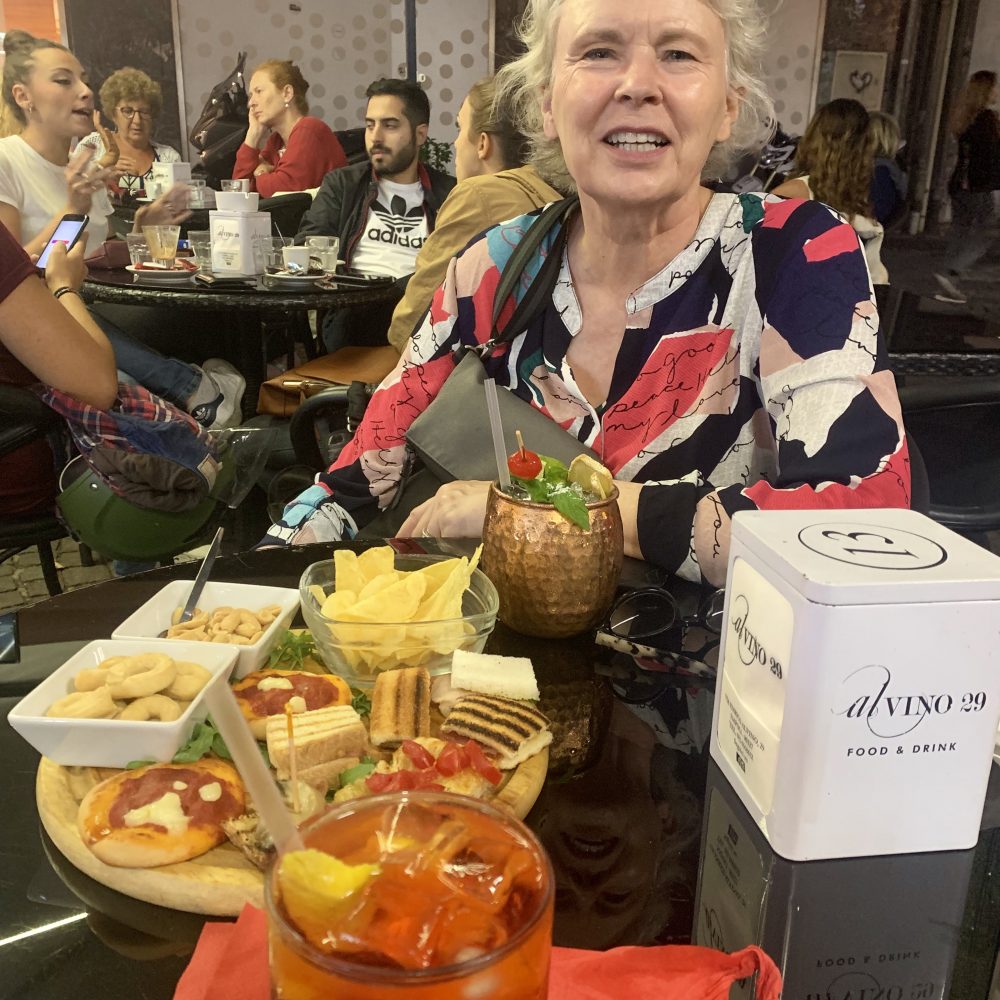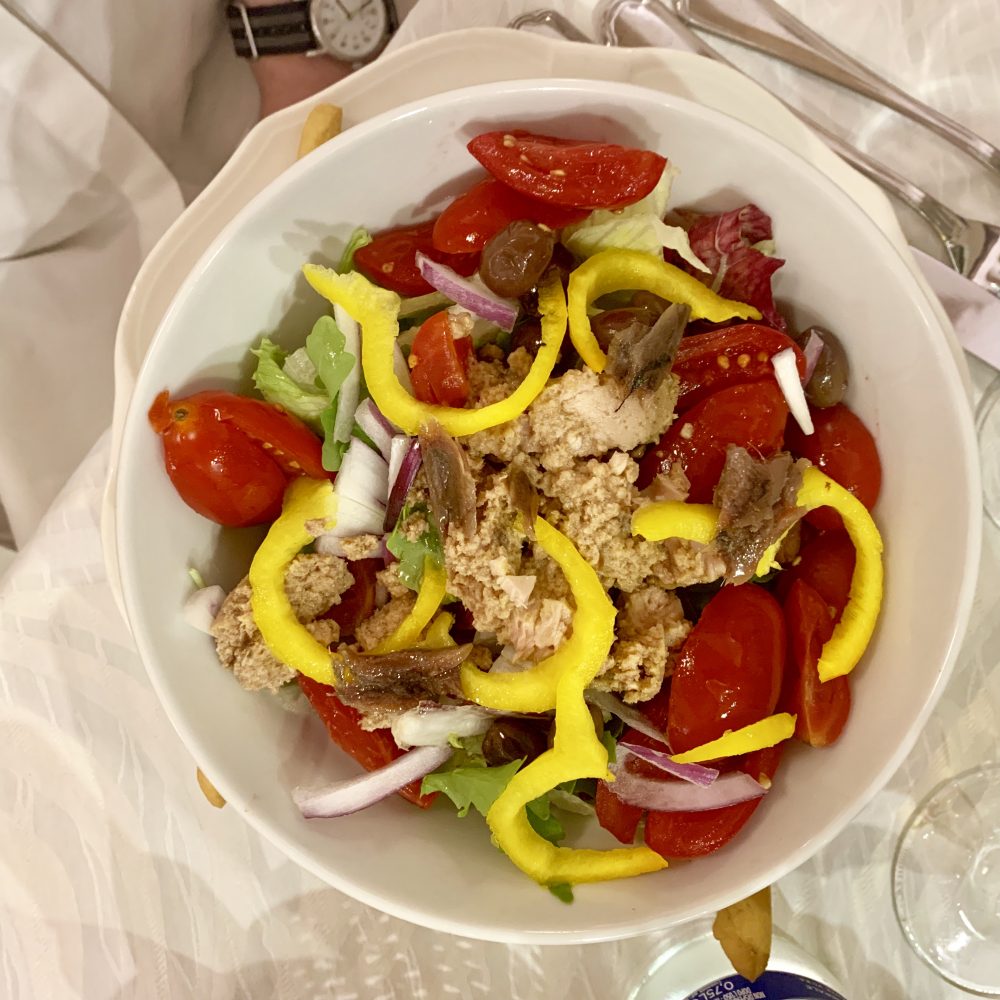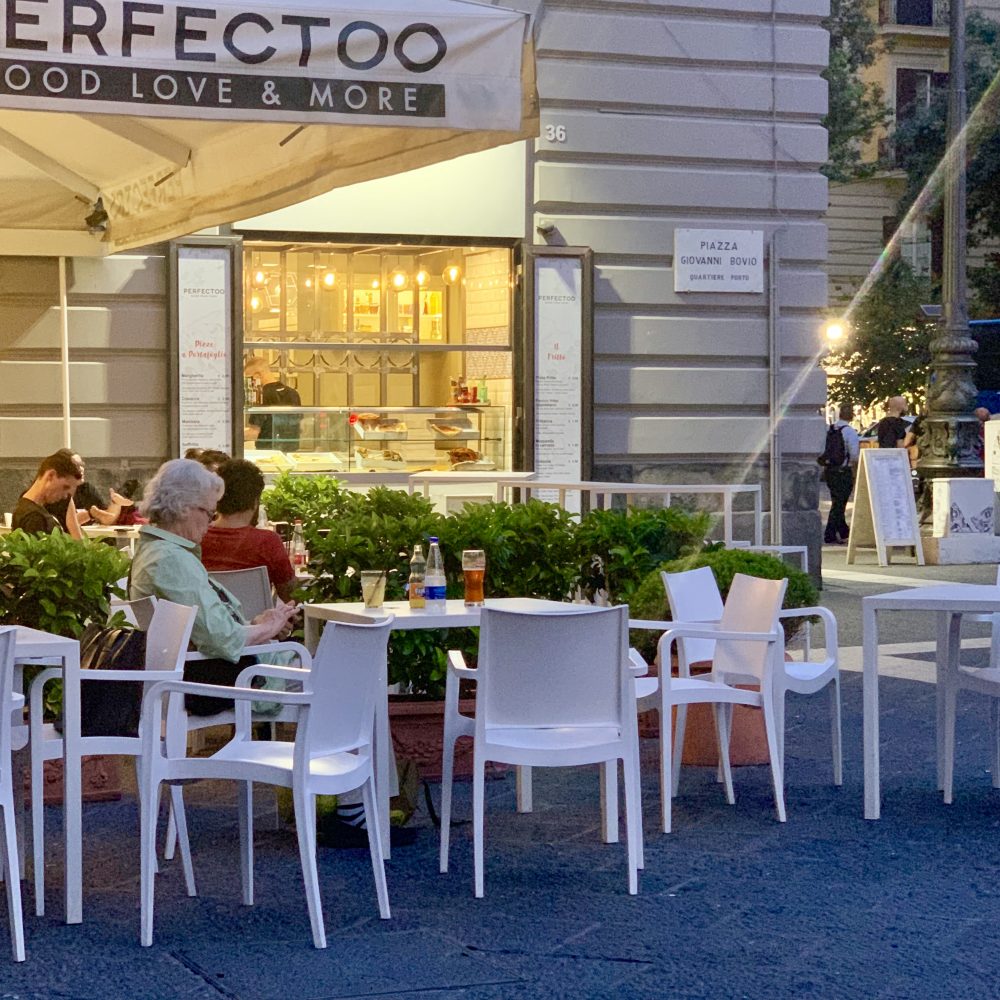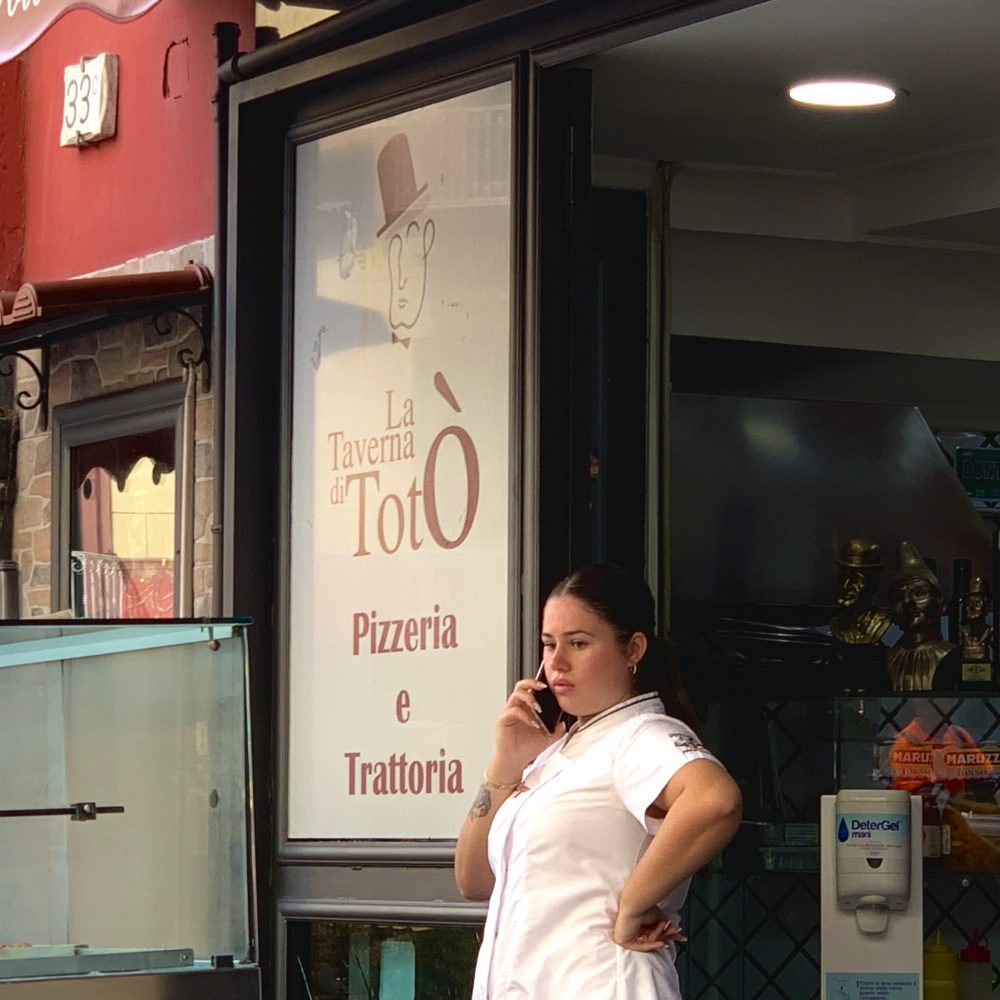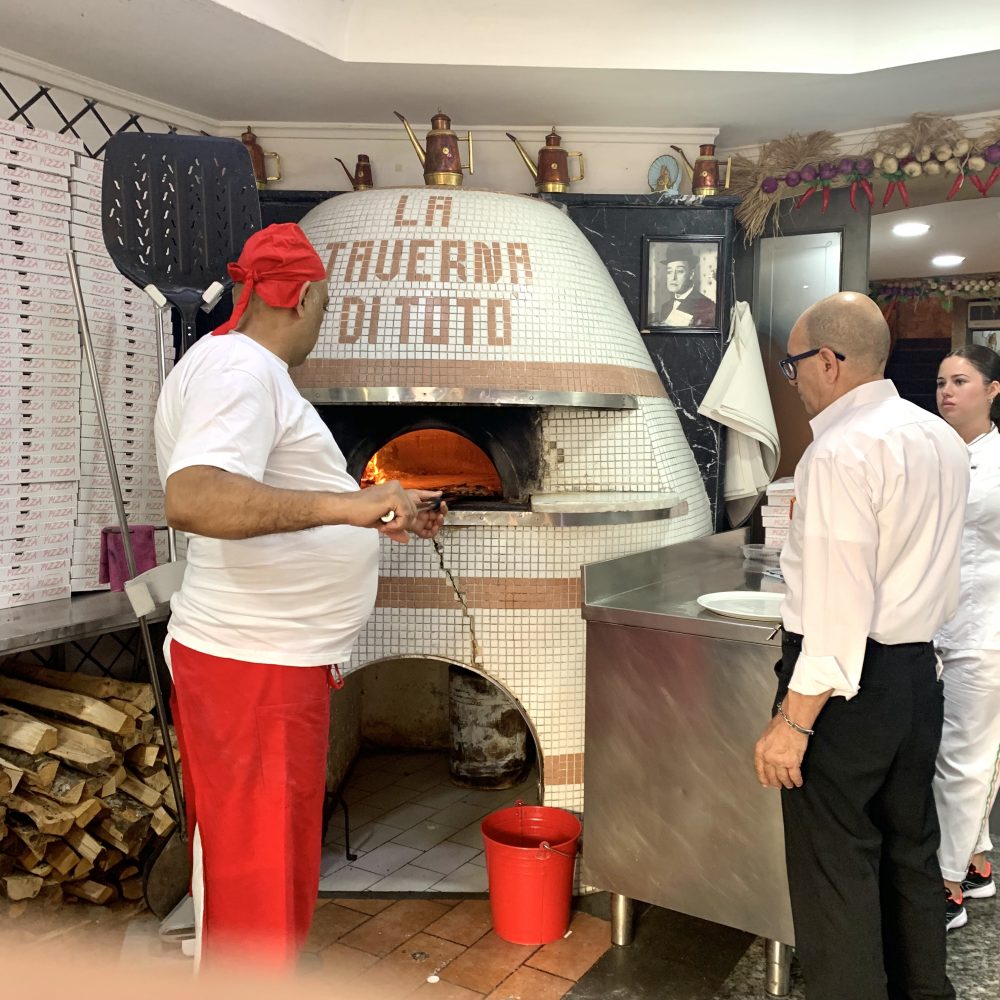21-27 September 2017
OK. At the top, we award Napoli a WOW!
Not for what we saw, for what we ate, or for the people we met. We award the WOW for Napoli‘s extreme in-your-face attitude. We arrived in the early evening and took a walk in the lovely Vomero neighborhood to find the streets packed with people of all ages walking, talking, and drinking.
Kids played soccer. Babies slept in their strollers. Young women met in groups for a spritz or two. But most of all everything is done with the VOLUME turned up high. The presence of scooters everywhere keeps the noise at high pitch. Our experience was overwhelmingly indescribable both in sound and sights. Think of a North End (Boston) street festival in the summer. Think of a schoolyard filled with ten-year olds at recess. Think of an Irish Pub on Saint Patrick’s day with a world championship soccer game on the tube at 2:00 am.
People on their phones argue with a large waving of hands accompanied by many facial expressions. The same goes for one-to-one conversations. After a while, you realize that the folks are definitely in disagreement, but that it does not seem to last after they finish the conversation. Friends remain friends unless they are strangers to begin with. Robert wishes he had done a sound recording. Next time.
No matter where you are in Napoli, the streets are filled with people all day long. It does take a break around 8:00 pm after drinks when people head home to have their dinner around 8:30. Afterwards, it picks up again at full throttle well into the night. We are asleep by then.
After being in sedate places, it was quite a change. It makes Palermo look like a quiet, sleepy city. (Domenico A.: Not really, but there is marked difference between the two.) Unlike Palermo with its two main retail streets in the city’s center, Napoli has many streets lined with shops and filled with people. The retail here seems to never end.
Worth a visit? Yes!
Getting There





Wanderings
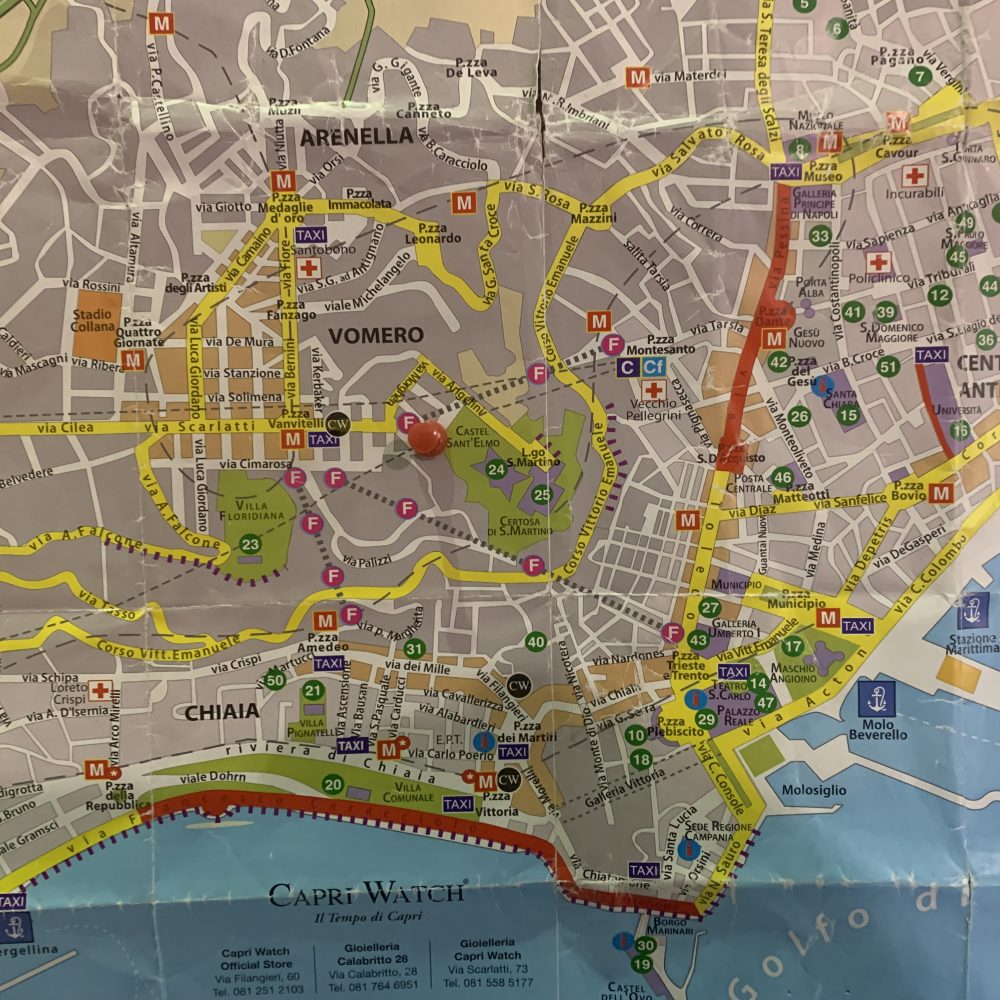



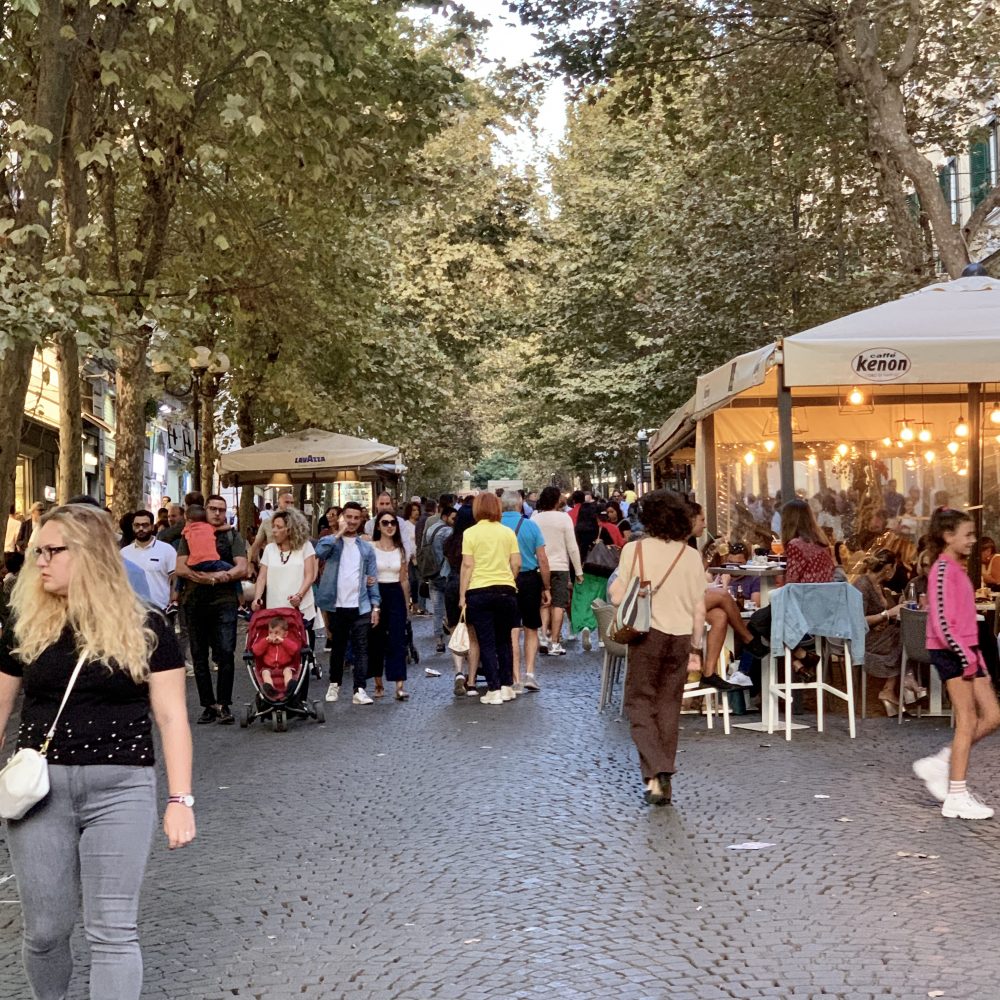


Chinese prices





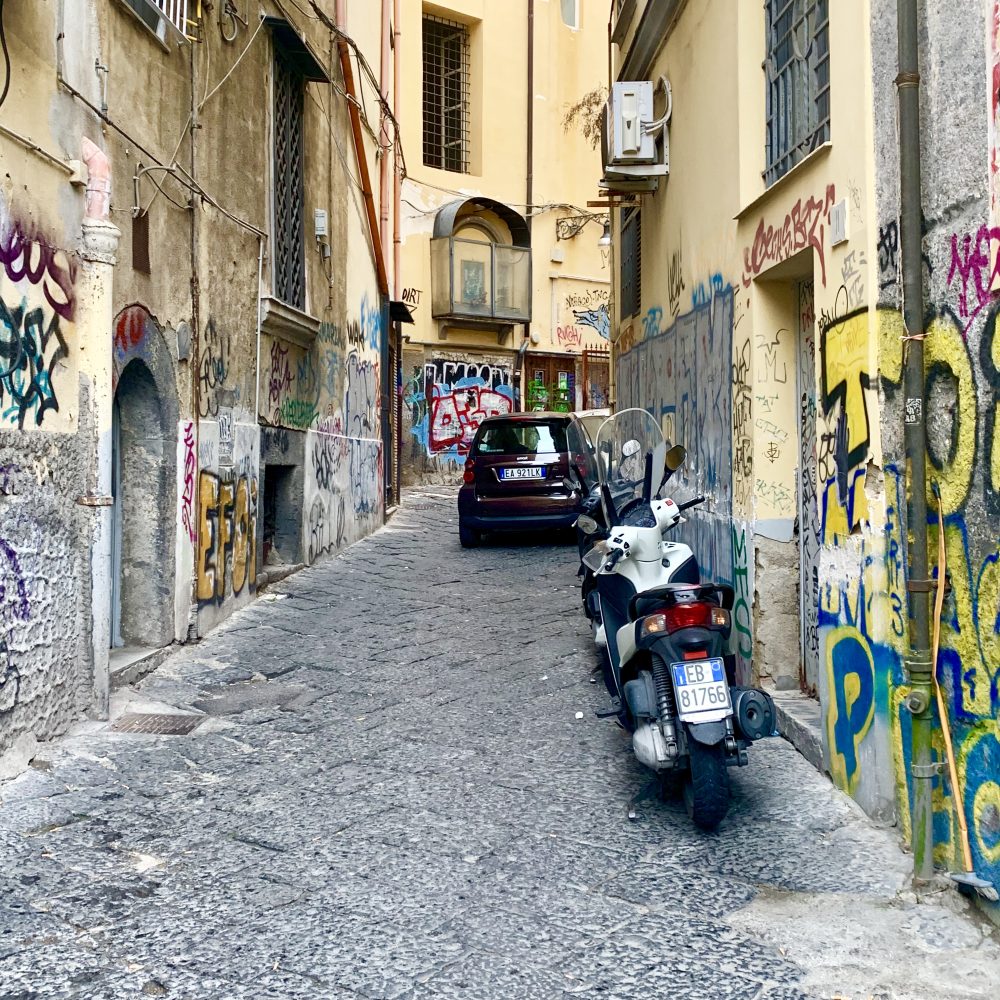








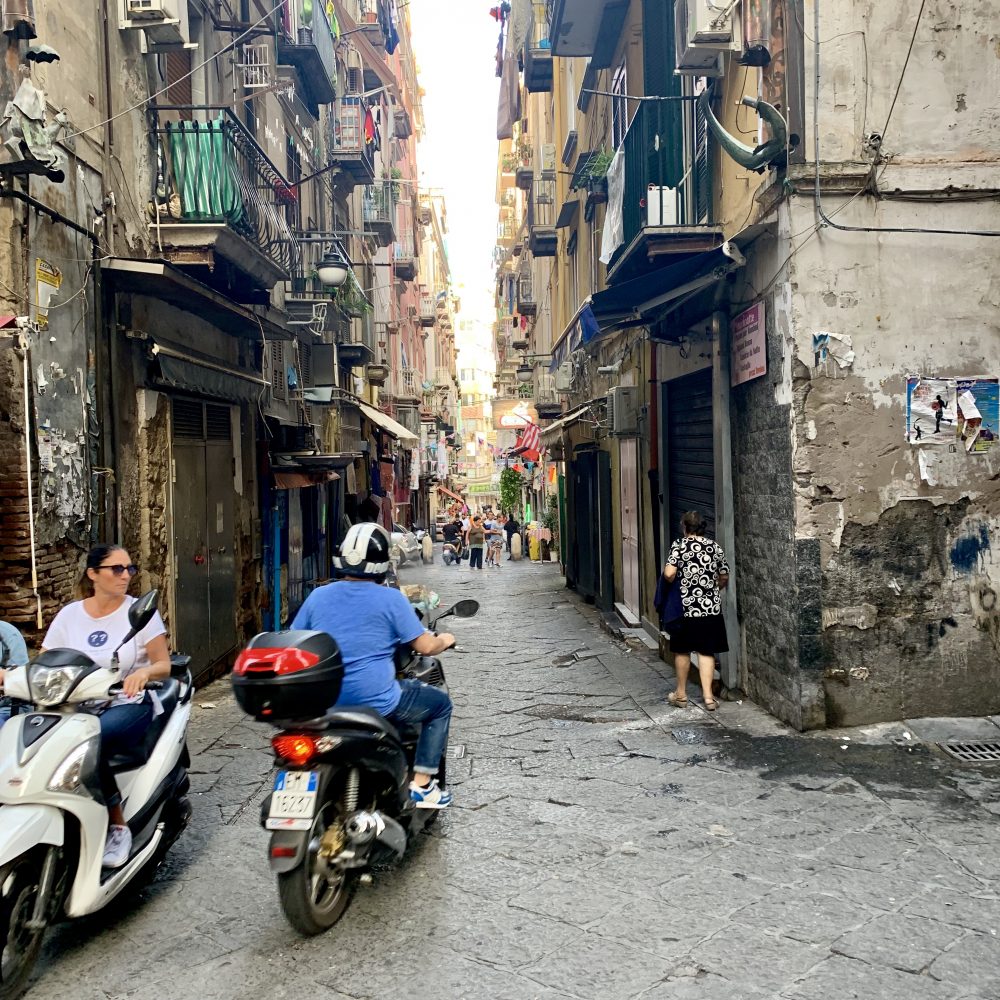



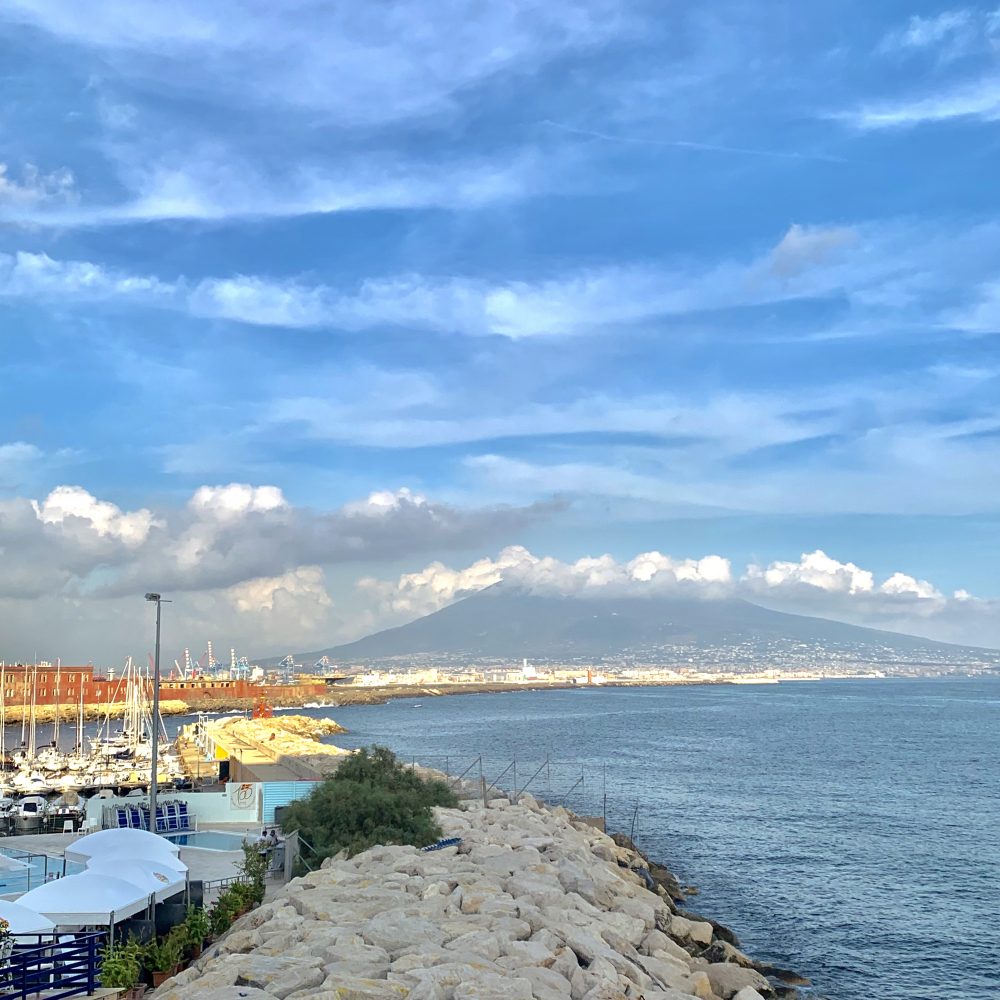









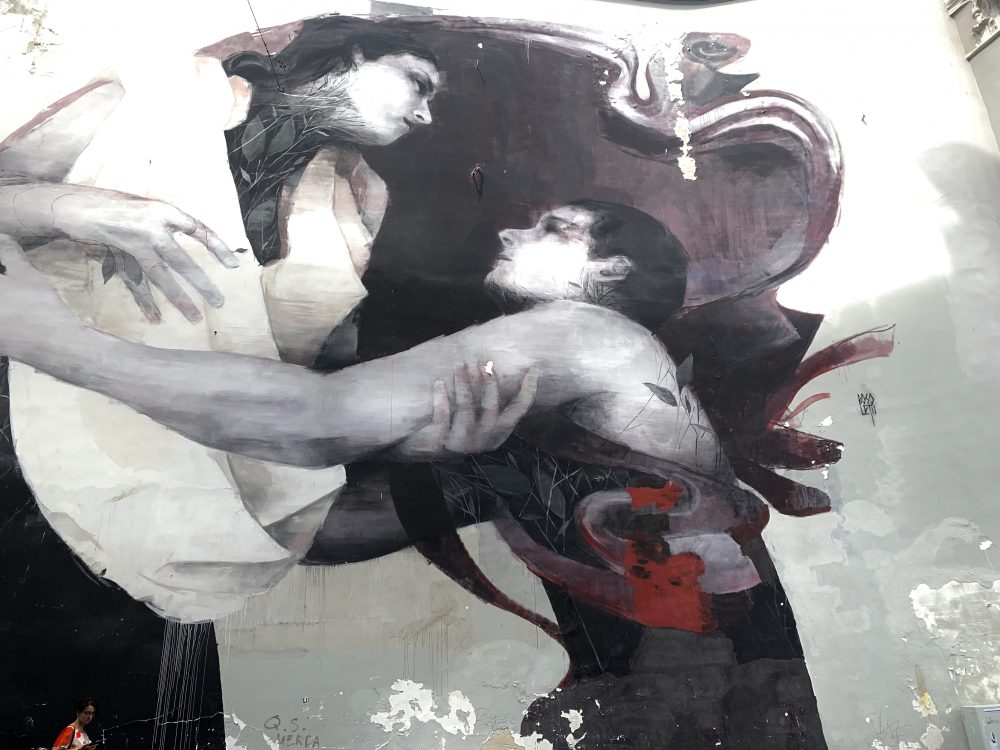








Galleria Umberto
Beautiful shopping gallery originally opened to stimulate an economically depressed area of Naples.



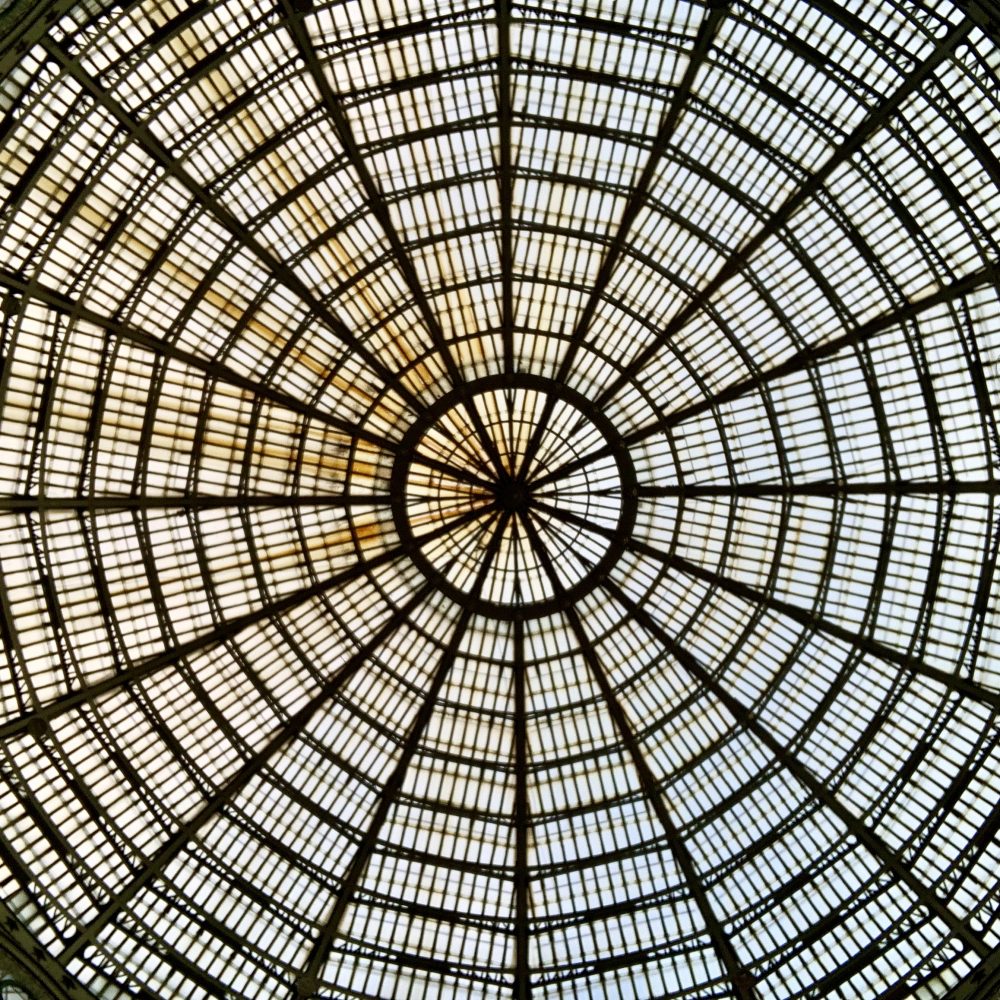


Opera San Carlo
The most famous and lavish opera house of Italy is in Naples, so we had to take a tour. Actually, Bonnie had to take a tour. Robert went along and really enjoyed it.







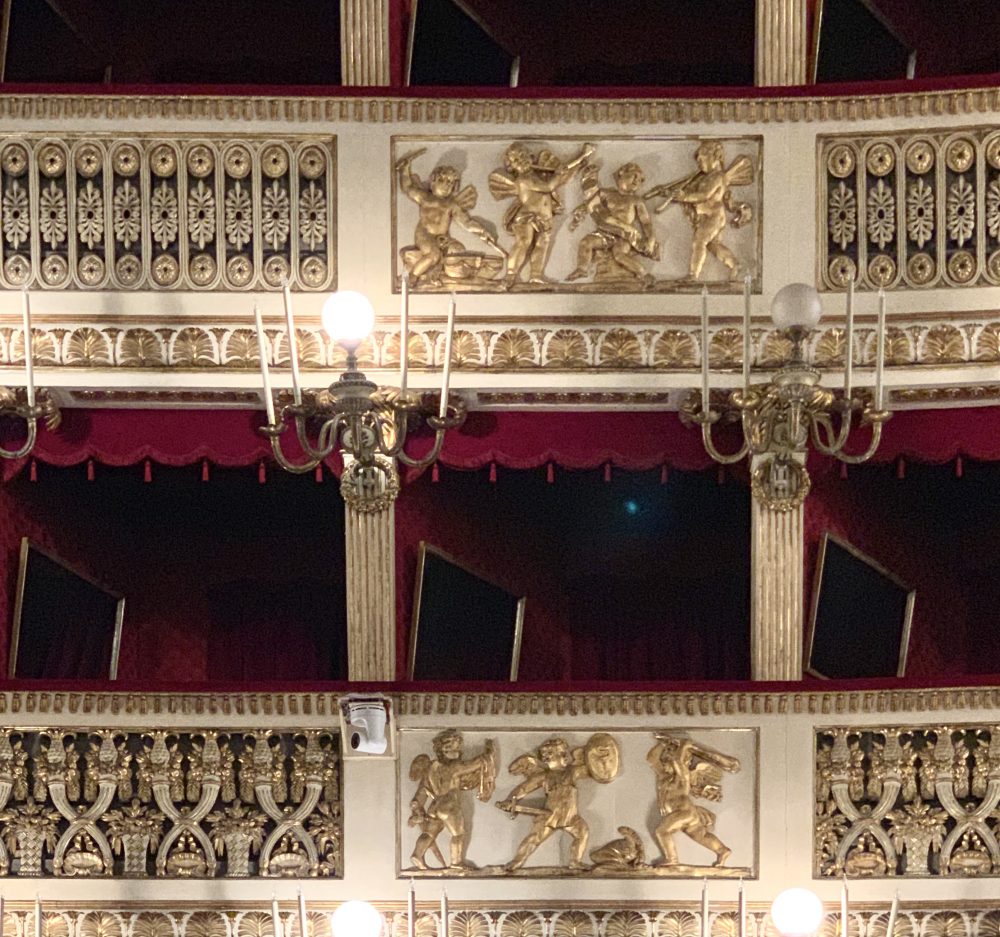


San Severo Chapel
Veiled Christ



Museo Archeologico Nationale di Napoli

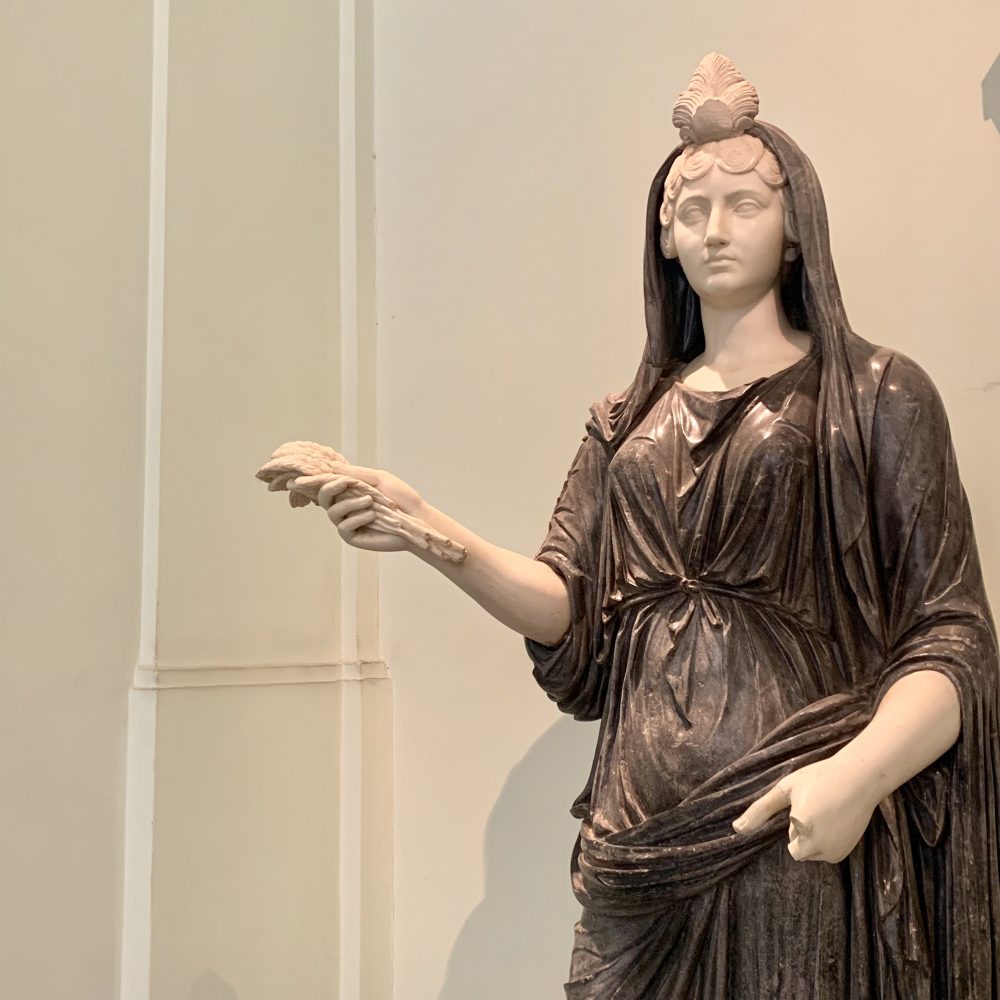






Presepe
In 1972, Robert took a class at UC Berekeley in Baroque architecture of Rome by Stephen Tobriner. Tobriner showed the work of various architects, including Borromini and Bernini. For Bernini, he emphasized how the architect captured moments of action or an element of discovery. He attributed this partially to Bernini’s youth in Naples where he was exposed to the presepe (crèche scenes) that portray people in action, not stiff characters standing in formal poises. Robert never realized exactly what this meant until he saw several presepio exhibits in Naples. The detail is incredible. Just think of what they could have done with HO trains!
One interesting aspect is that while these show a biblical scene, the people are dressed in the clothes of the time they were created, eating the food of the time, etc.








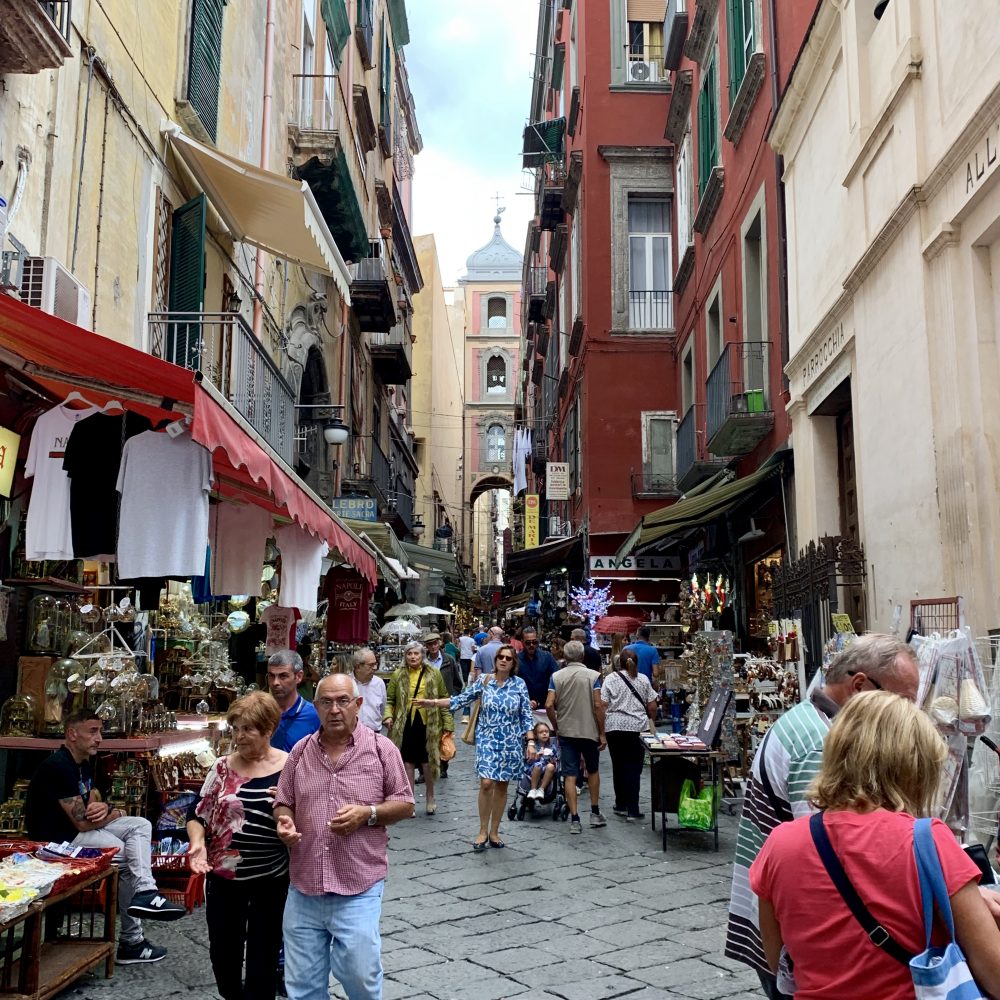


Santa Chiara




















Catacombs of Naples
There are several catacombs in Naples, but we visited the largest, also known as the Catacombs of San Gennaro, on the Capodimonte hill. These catacombs date back to pagan times and were later taken over and expanded by Christians into larger spaces for worship. There are two levels with some frescos still in place. Each slot could hold several people and would be enclosed by stone with a plaster overlay on which were frescos. This helped family members locate their deceased.















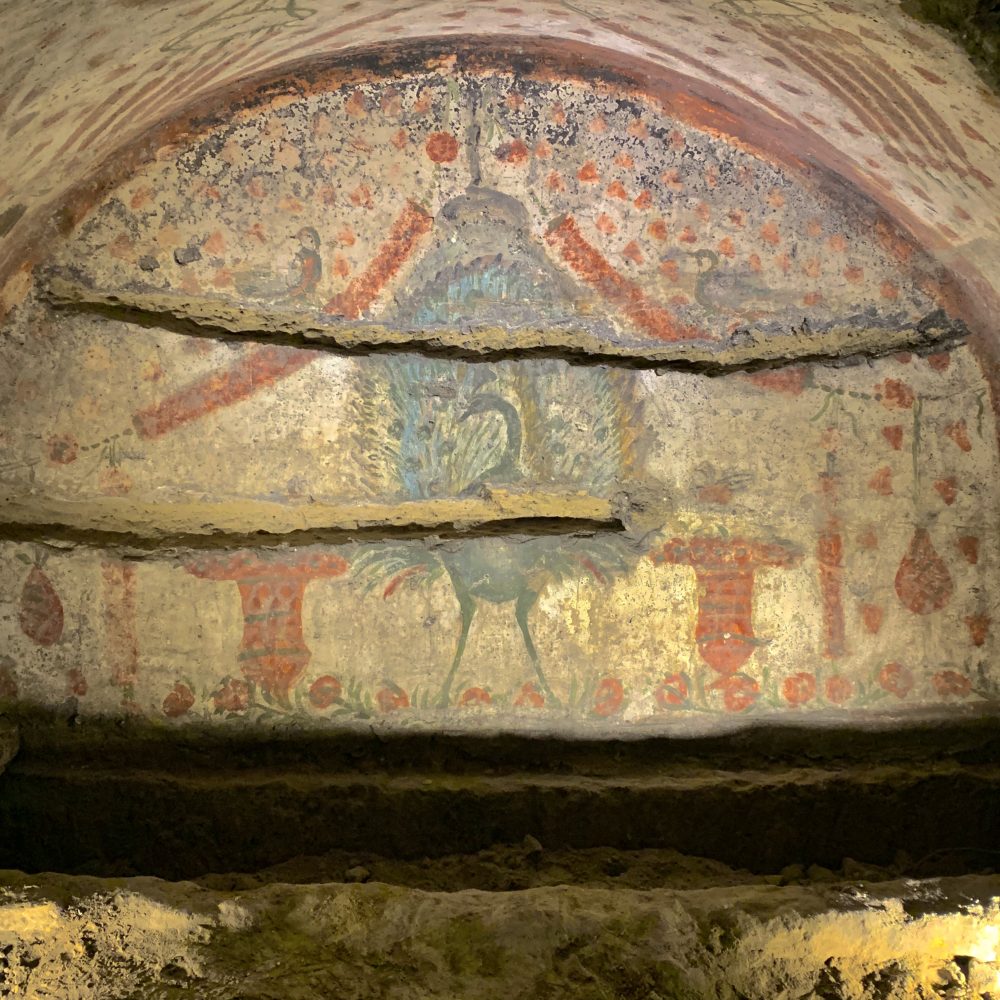



Duomo di Napoli
Basilicata di Sant Restituta
This basilica contains a chapel dedicated to the patron saint of Naples: San Genarro. The chapel is filled with silver artifacts of all kinds made by neapolitan artists during the height of the baroque period in Naples. No photos allowed unfortunately. The chapel was funded by the citizens of Naples. Even though the church tried to take control of the chapel, it remains under the City of Naples jurisdiction.
Of interest is an amulet that contains what is purported to be a small amount of the saint’s blood—hardened. The amulet is presented to the public three times a year. We missed the last event held on 19 September. When presented, the solid blood usually liquifies. If not, tradition holds Naples will experience a catastrophic. The blood did not liquify in 1980. In 1980 Naples had a major earthquake.









Transit
Jane H: Naples has several funiculars that traverse the hillsides. Unlike San Francisco’s cable cars, these are working transit lines and not just for tourists.






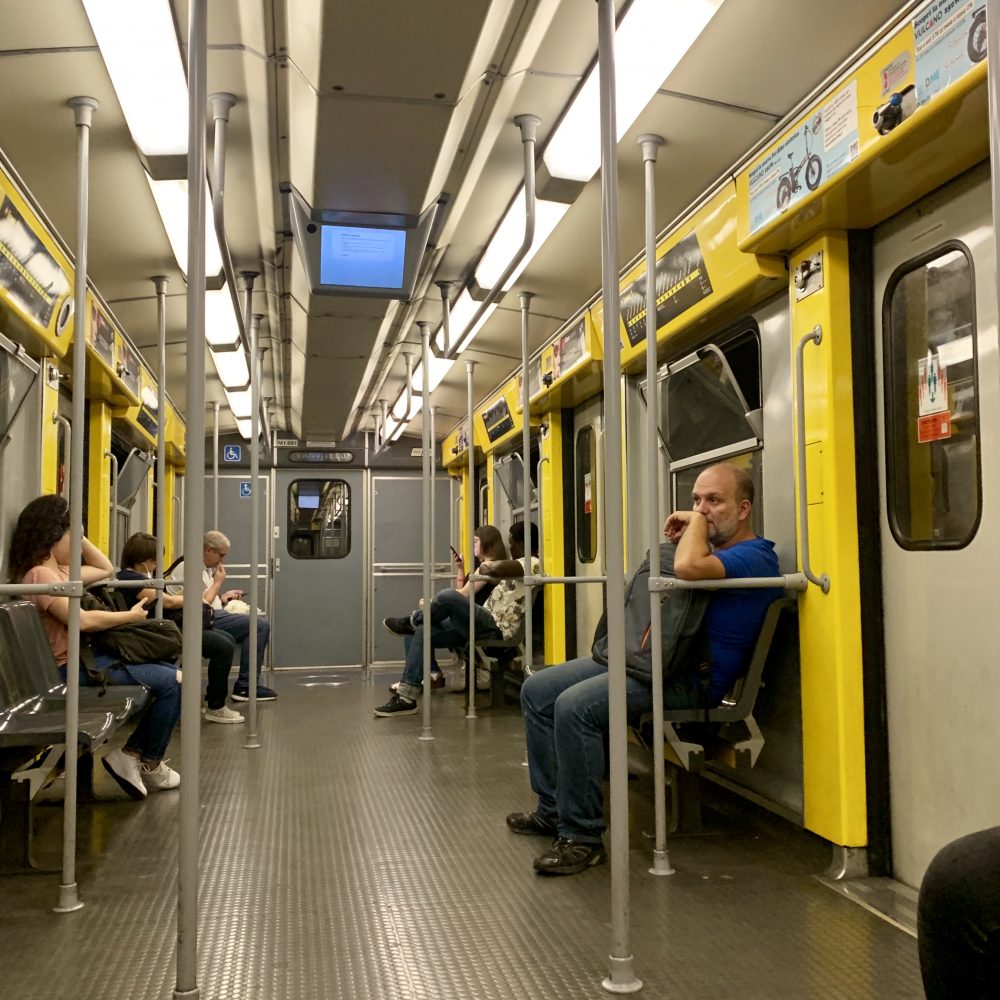

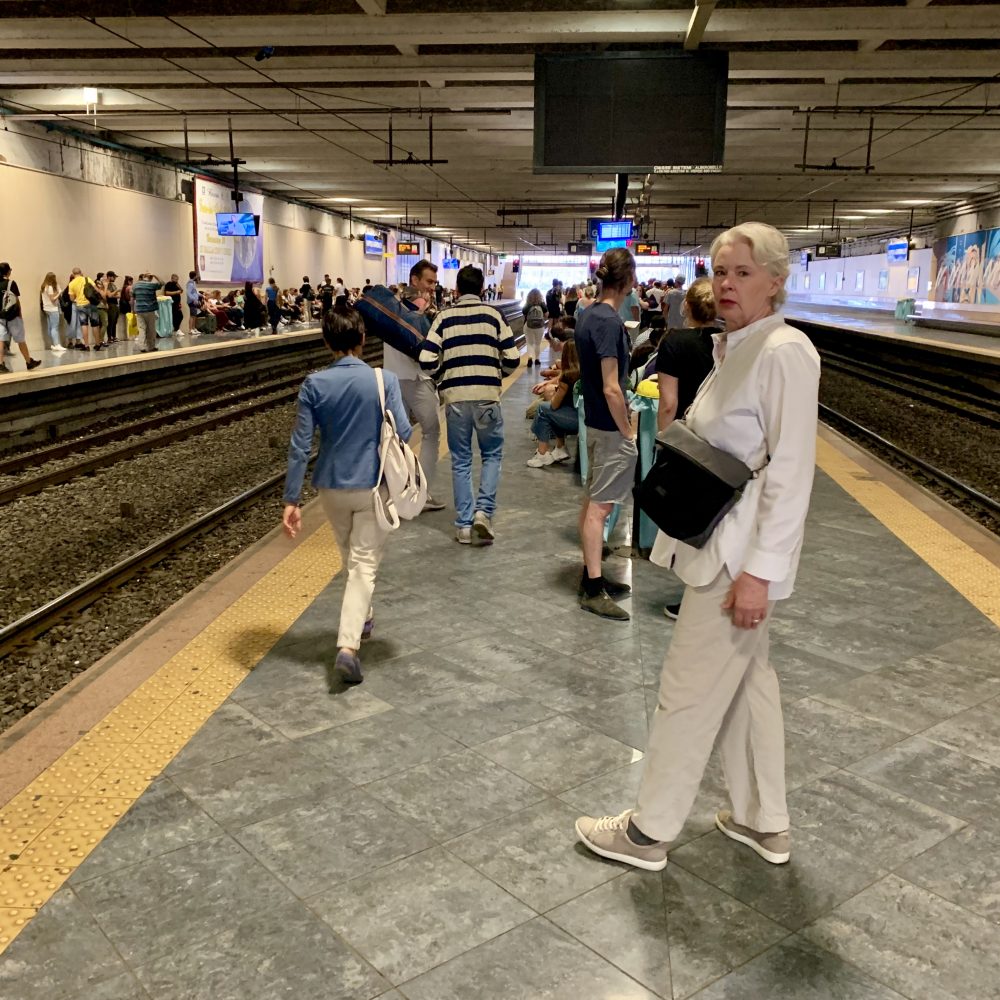



Underground Naples
OK. This is for the guys. Bonnie stayed upside in the air and sunlight eating gelato.
There are two layers to these caves. The first (the upper level) were dug by the Greeks who first settled Naples. They used the space for living. We assume to escape warring factions. Access was by vertical shafts. No stairs or ramps. Later the Romans expanded the caves to serve as cisterns. Even later during WWII, the caves were used as air raid shelters holding up to several thousand people.












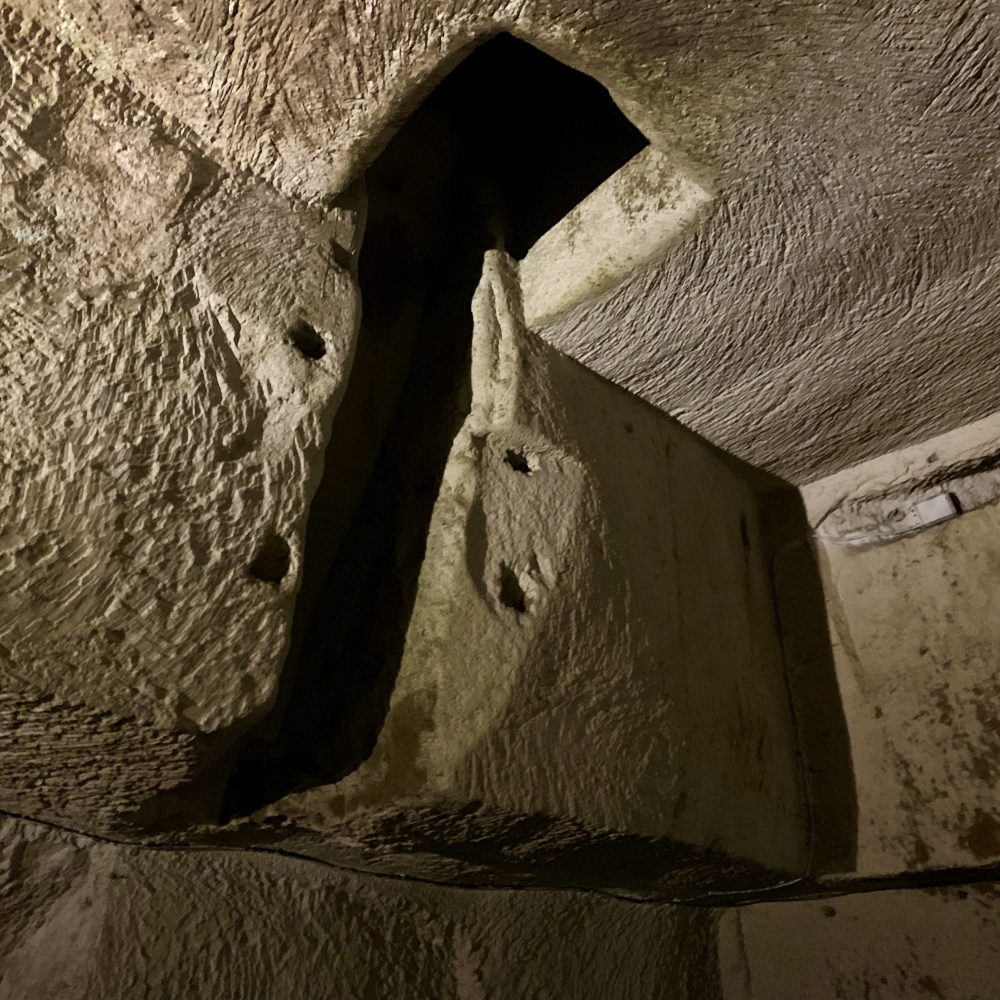

Cibo e bibite



